Air Pollution: The Dangerous Dimensions (Volume 13)
Synopsis
Gaseous substances are released in to the atmosphere, seen as a reservoir with unlimited assimilating capacity. Air being of vital importance, cannot be exploited to the extremes when it becomes unsafe for use. Its capacity to assimilate waste gases is not unlimited. A scientific assessment of air quality and its capacity to assimilate pollutants for safeguarding atmosphere should form the basis of a national air quality management programme. A number of events in Europe and the United States has made the people aware of the adverse effects of air pollution. Though in India laws have been enacted to control air pollution, their enforcement is yet to become effective. Remedial action in phases, makes identification of the problem related to air pollution and local levels imperative. Te air that man breaths is polluted by industrial and automobile emissions bringing into the atmosphere suspended particulate matter, oxides of sulphur and nitrogen, carbon monoxide, photo chemical oxidants and bydrocarbons. These pollutants, individually and collectively, have teratogenic, carcinogenic or mutagenic effects, and can also cause respiratory ailments, the physiological barriers are ineffective against them.
Read more
18.00
16.2
$
20.00 $
Free delivery Wolrdwidе in 10-18 days
Ships in 1-2 days from New Delhi
Membership for 1 Year $35.00
Get it now and save 10%
Get it now and save 10%
BECOME A MEMBER
Books by the same authors
-
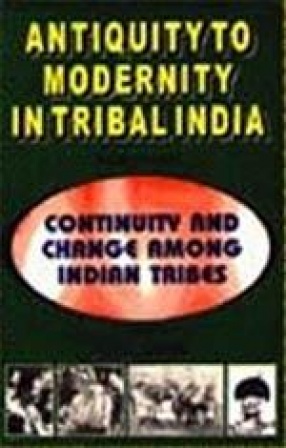
Antiquity to Modernity in Tribal India (In 4 Volumes)
-
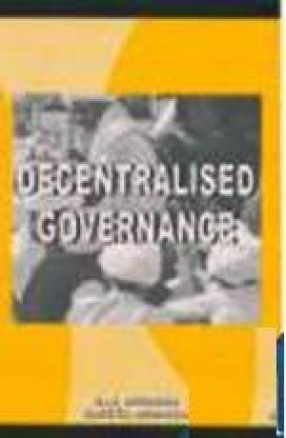
Decentralised Governance: Macro and Micro Perspective
-
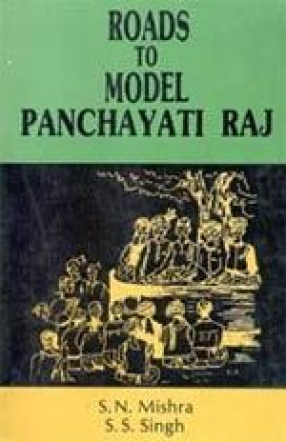
Roads to Model Panchayati Raj
-
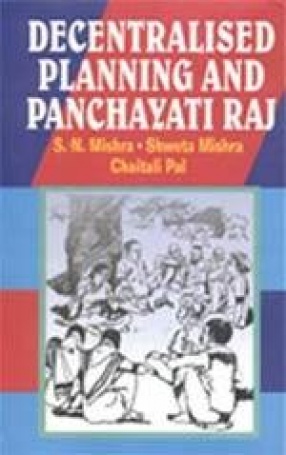
Decentralised Planning and Panchayati Raj
-

Agricultural Economy of Himalayan Region with special reference to Kumaon
-

Social Economy of A Tribal Village on Indo-Tibetan Border
-
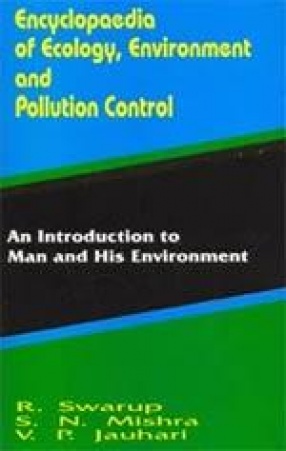
An Introduction to Man and His Environment (Volume 1)
-
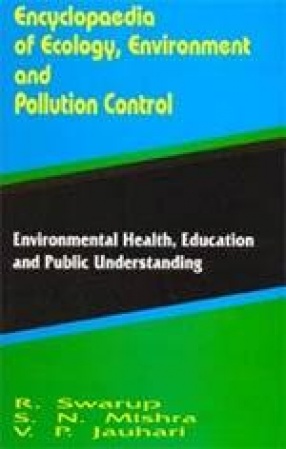
Environmental Health, Education and Public Understanding (Volume 2)
-
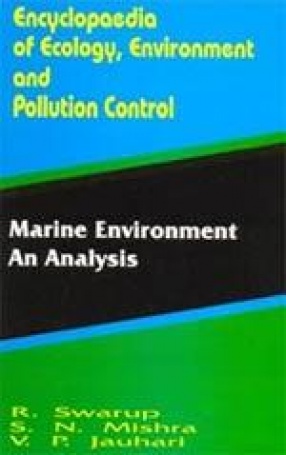
Marine Environment: An Analysis (In 3 Volume)
-
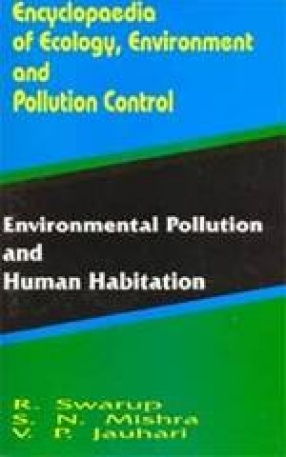
Environmental Pollution and Human Habitation (Volume 4)

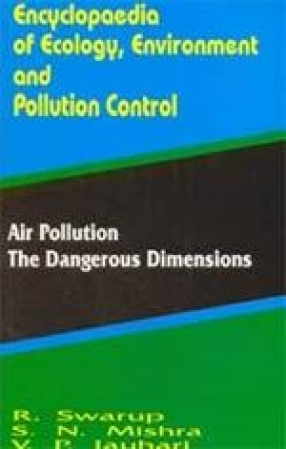

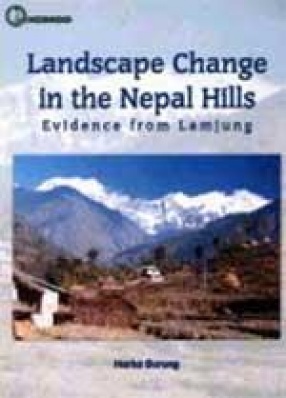
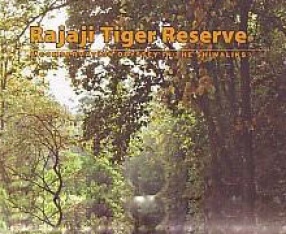
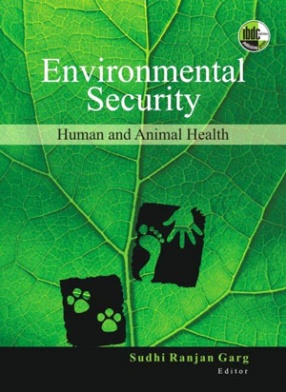

Bibliographic information
R. Swarup
V.P. Jauhari